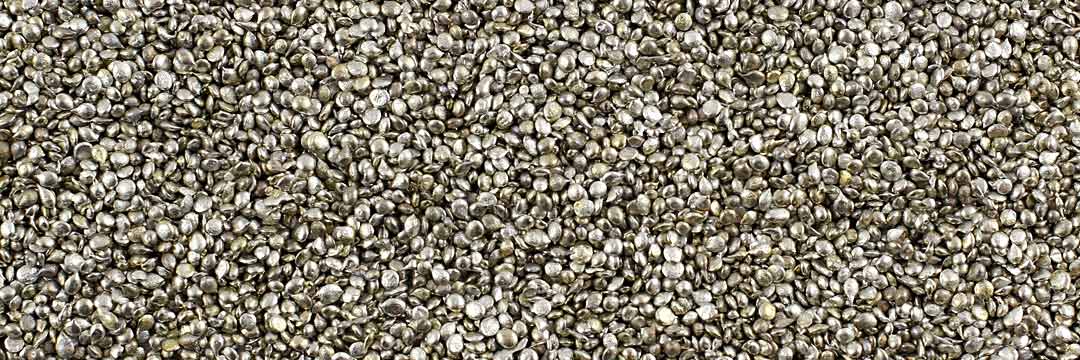Stainless and acid-resistant steel
The protection properties of stainless and acid-resistant steels are achieved by the formation of a chromium oxide film. An effective corrosion resistance is achieved from a chromium content of approx. 12%. As a general rule: the higher the chromium content, the better the corrosion resistance. Corrosion resistance can be further improved by including the alloying elements nickel (Ni) and molybdenum (Mo).
In many applications the carbon content is reduced to achieve even greater corrosion resistance. By reducing the carbon content, the formation of chromium carbide will be largely avoided. The problem here is that the grain boundaries in particular are prone to chromium depletion, and this lowers the corrosion resistance. The addition of titanium (Ti) and/or niobium (Nb) may also suppress chromium carbide formation, as both these elements react with the carbon prior to chromium. Avoiding chromium carbide formation has a positive effect on the corrosion resistance of stainless and acid-resistant steel during welding.
| DIN-No. | Designation |
| 1.4027 | GX20Cr14 |
| 1.4059 | GX22CrNi17 |
| 1.4122 | GX35CrMo17 |
| 1.4308 | GX5CrNi19-10 |
| 1.4317 | GX4CrNi13-4 |
| 1.4404 | X2CrNiMo17-12-2 |
| 1.4408 | GX5CrNiMo19-11-2 |
| 1.4410 | X2CrNiMoN25-7-4 |
| 1.4435 | X2CrNiMo18-14-3 |
| 1.4468 | GX2CrNiMoN25-6-3 |
| 1.4535 | X90CrCoMoV17 |
| 1.4552 | GX5CrNiNb19-11 |
| 1.4581 | GX5CrNiMoNb19-11-2 |
| The above is merely a selection of typical investment casting materials, further options on request. | |


 English
English Deutsch
Deutsch 